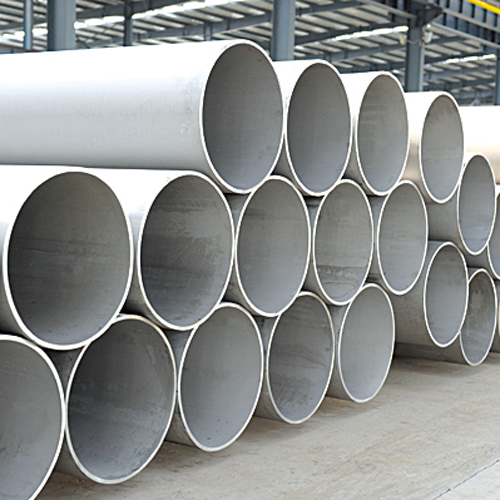
I. Introduction
Galvanized welded steel pipes, as an important branch of the steel deep processing industry, are widely used in various fields such as construction, oil and gas transportation, and machinery manufacturing. In recent years, with the upgrading of infrastructure, the transformation of manufacturing, and the tightening of environmental protection policies, the galvanized welded steel pipe industry is facing unprecedented development opportunities.
II. Industry Status
(1) Growing Market Demand
Driven by infrastructure investment and manufacturing upgrades, the market demand for galvanized welded steel pipes continues to grow. In 2024, national production reached 8.5 million tons, with the North China and East China regions contributing 65% of the total capacity. In terms of infrastructure construction, the National Development and Reform Commission (NDRC) has clearly stated that the total length of pipeline network renovations during the 14th Five-Year Plan period will reach 600,000 kilometers, driving an 8% increase in demand for municipal-use pipes. In the new energy sector, demand for applications such as wind turbine towers and photovoltaic支架 has surged, with the new energy sector's consumption share rising to 18% in 2024, with an annual growth rate of 25%.
(2) Technological Upgrades and Environmental Policies
In terms of technological upgrades, laser welding technology has increased production efficiency by 30%, with one company's automated production line achieving a yield rate of 99.5%. Environmental policies have become stricter. Under the “dual carbon” goals, main production areas such as Hebei and Shandong have mandated the phasing out of outdated galvanized production lines, and new projects must be equipped with exhaust gas treatment facilities. Environmental compliance has increased the cost per ton of steel by 120-150 yuan, but the product premium can reach 300 yuan per ton.
III. Future Development Trends
(I) Technological Upgrades and Product Premiumization
Over the next five years, the galvanized welded steel pipe industry will accelerate technological upgrades, with new technologies such as zinc-aluminum-magnesium alloy coatings and hot-dip galvanizing combined with spraying becoming mainstream. In terms of corrosion resistance, by 2025, galvanized steel pipes with zinc-aluminum-magnesium alloy coatings will achieve salt spray resistance of 5,000 hours, with industry-wide adoption expected by 2030. High-end galvanized pipes (such as those used in automobiles) have a gross margin exceeding 25%, with high technical barriers and a CR5 of 75%.
(II) Environmental Protection and Green Transformation
Tighter environmental policies will drive the galvanized welded steel pipe industry to accelerate its green transformation. By 2025, 95% of products will pass the EU REACH certification, with environmental protection costs increasing to 8% of total costs. The penetration rate of chromium-free passivation technology will rise to 30%, AI quality inspection systems will become widespread, and defect rates will be reduced to below 0.1%.
IV. Investment Opportunity Analysis
(1) High-End Galvanized Pipe Production
With the upgrading of standards in the fire protection and gas sectors, demand for high-end galvanized pipes is surging. Investors are advised to focus on companies that have mastered core technologies, such as Jiangsu Guoquang and Handan Zhengda.
(2) Smart Equipment Upgrades
There is significant market potential for the intelligent upgrading of production lines. Over the next five years, 30% of production lines are expected to complete smart upgrades, with demand for related equipment exceeding 5 billion yuan. Companies collaborating with robotics giants such as ABB and KUKA are worth monitoring.
(3) Overseas Capacity Expansion
Avoiding trade barriers and positioning near emerging markets have become new strategic priorities for leading companies. Infrastructure demand in countries like Indonesia and Vietnam is growing at an annual rate of over 15%, and overseas manufacturing can achieve a cost advantage of 15%-20%. Overseas projects by companies like Tianjin Youfa and Jinzhou Pipeline are worth keeping an eye on.
V. Risks and Challenges
(I) Raw Material Price Fluctuations
Fluctuations in iron ore prices are a key variable affecting industry profits. Companies are advised to strengthen futures hedging to lock in costs.
(2) Concerns Over Excess Capacity
Capacity utilization rates in the North China region have fallen below 70%, necessitating vigilance against a new round of price wars. Investors should prioritize companies with leading technology and clear market positioning.
(3) Technology Iteration Risks
Emerging new materials and processes pose substitution threats to traditional galvanized pipes. It is recommended to focus on companies with R&D expenditure exceeding 3% of revenue.




